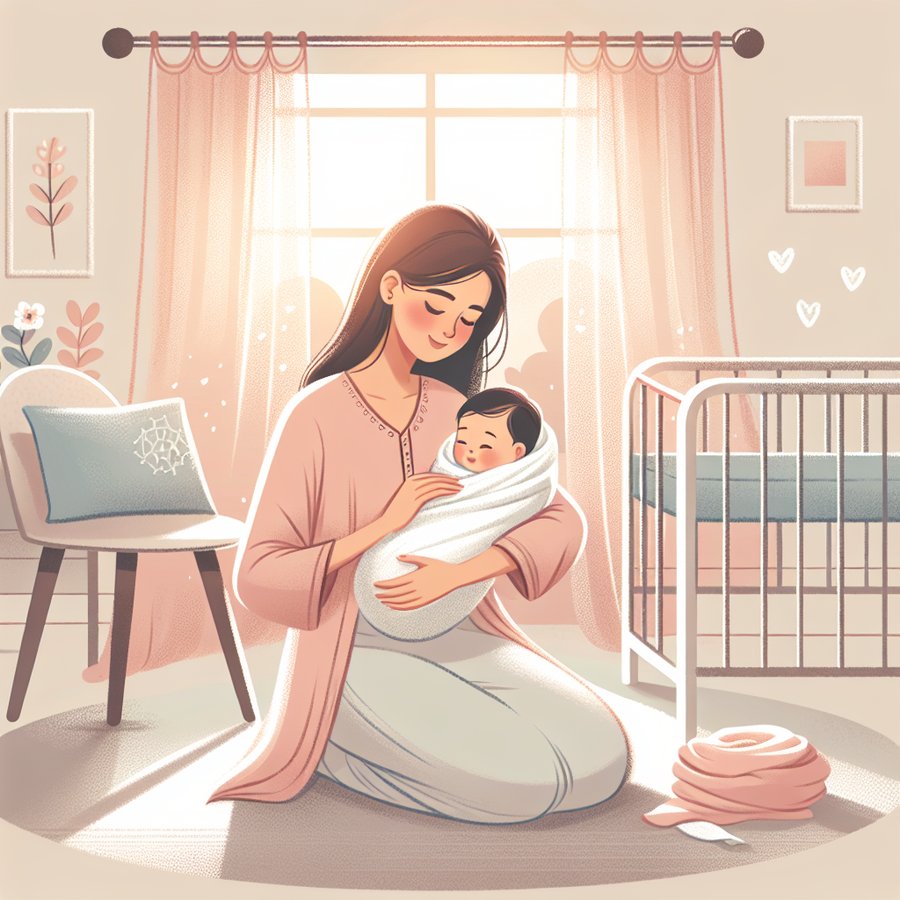Swaddling has been a timeless practice, cherished across cultures for centuries, offering newborns warmth, security, and comfort. As new parents embark on the journey of nurturing their little ones, understanding the ins and outs of swaddling can be an invaluable tool in their parenting arsenal. This guide delves deep into the essence of swaddling, providing you with everything you need to know to master this nurturing technique.
What is Swaddling and Why is it Beneficial?
Swaddling, at its core, involves wrapping your baby securely in a blanket, mimicking the snugness of the womb. This practice can significantly soothe and calm your baby, leading to better sleep patterns for infants and, consequently, for parents. Studies, such as those cited by the New York Times, highlight the swaddle’s role in reducing instances of the startle reflex, a common cause of waking in newborns, thus promoting longer, more restful sleep.
Beyond improving sleep, swaddling aids in maintaining a baby’s back-sleeping position, reducing the risk of Sudden Infant Death Syndrome (SIDS). It’s also believed to ease the discomfort of colic and the transition from womb to world by providing a gentle, comforting pressure around the baby’s body. However, it’s essential to swaddle correctly to ensure your baby’s safety and comfort.
How to Swaddle Your Baby Safely and Effectively
Swaddling, when done correctly, can be a wonderfully effective way to comfort your baby. The key is to wrap your baby snugly, but not too tightly, allowing room for hip movement to avoid issues like hip dysplasia. A step-by-step approach, outlined by reputable sources such as the American Academy of Pediatrics, ensures that even first-time parents can swaddle safely.
Begin by laying a swaddle blanket in a diamond shape and fold the top corner down to create a straight edge. Place your baby face-up on the blanket, ensuring their shoulders are just below the fold. Gently wrap the left side over your baby and tuck it underneath, then fold the bottom up, leaving room for leg movement. Finally, wrap the right side across and tuck it in securely, forming a cozy ‘baby burrito.’
Common Concerns and Tips for Successful Swaddling
While swaddling offers numerous benefits, it’s not without its concerns. Overheating is a risk factor, so it’s crucial to use breathable fabrics and monitor your baby’s temperature. Additionally, as babies grow and become more active, they may start to roll over, at which point swaddling should be discontinued for safety reasons.
To ensure swaddling success, pay attention to your baby’s cues and preferences. Some babies prefer to have their arms free, while others enjoy the full swaddle. Experimenting with different techniques and materials can help you find the perfect swaddle for your baby. Moreover, integrating swaddling into a consistent bedtime routine can signal to your baby that it’s time to sleep, further enhancing the soothing effects of this practice.
When to Move On from Swaddling
As your baby grows and begins to roll over, usually around 2 to 4 months of age, it’s time to transition out of swaddling. This milestone marks a new phase in your baby’s development, requiring adjustments to their sleep routine to ensure safety and comfort. Transitioning can be gradual, starting with swaddling with one arm out, then both, before moving on to a sleep sack or wearable blanket for warmth.
Remember, every baby is unique, and what works for one may not work for another. Observing your baby’s reaction and adjusting accordingly is key to finding the best sleep solutions for your little one. And, as always, if you have any concerns or questions about swaddling or your baby’s sleep habits, don’t hesitate to consult your pediatrician for personalized advice.
In conclusion, swaddling is a valuable skill that can greatly benefit both you and your baby, promoting better sleep, providing comfort, and enhancing the bond between parent and child. By understanding the fundamentals of swaddling and adhering to safety guidelines, you can ensure that your baby reaps all the cozy benefits of being snuggly wrapped in love.













